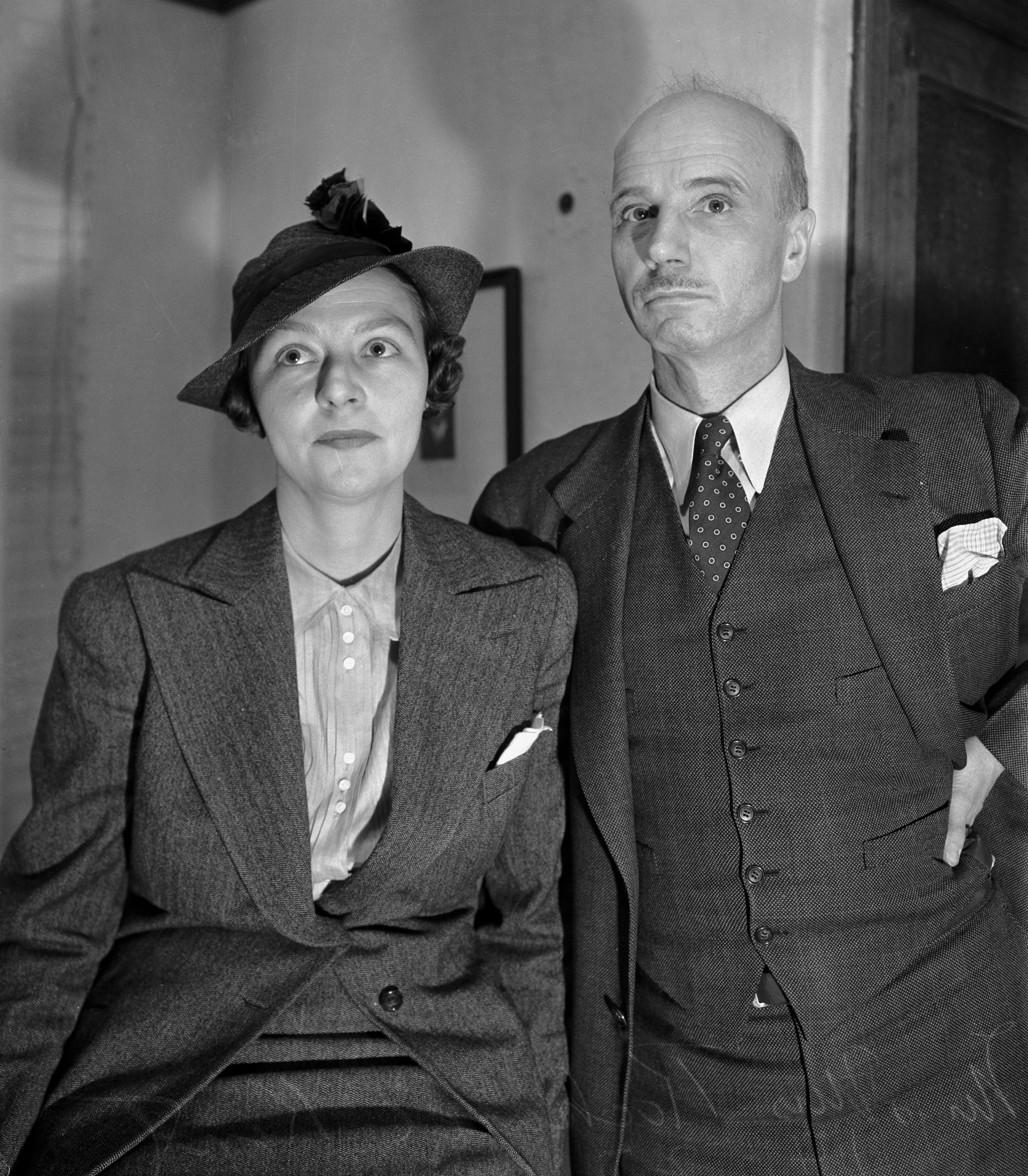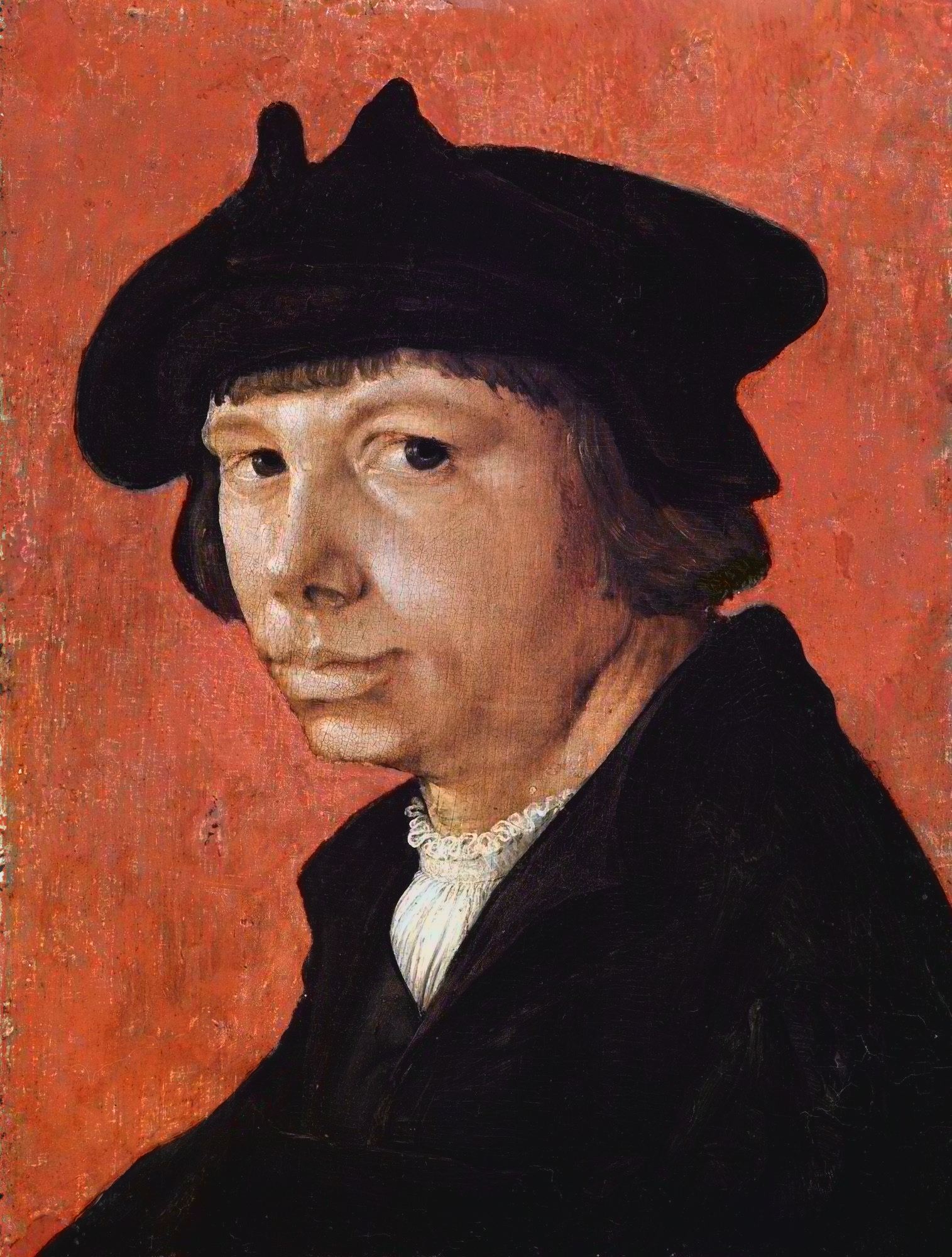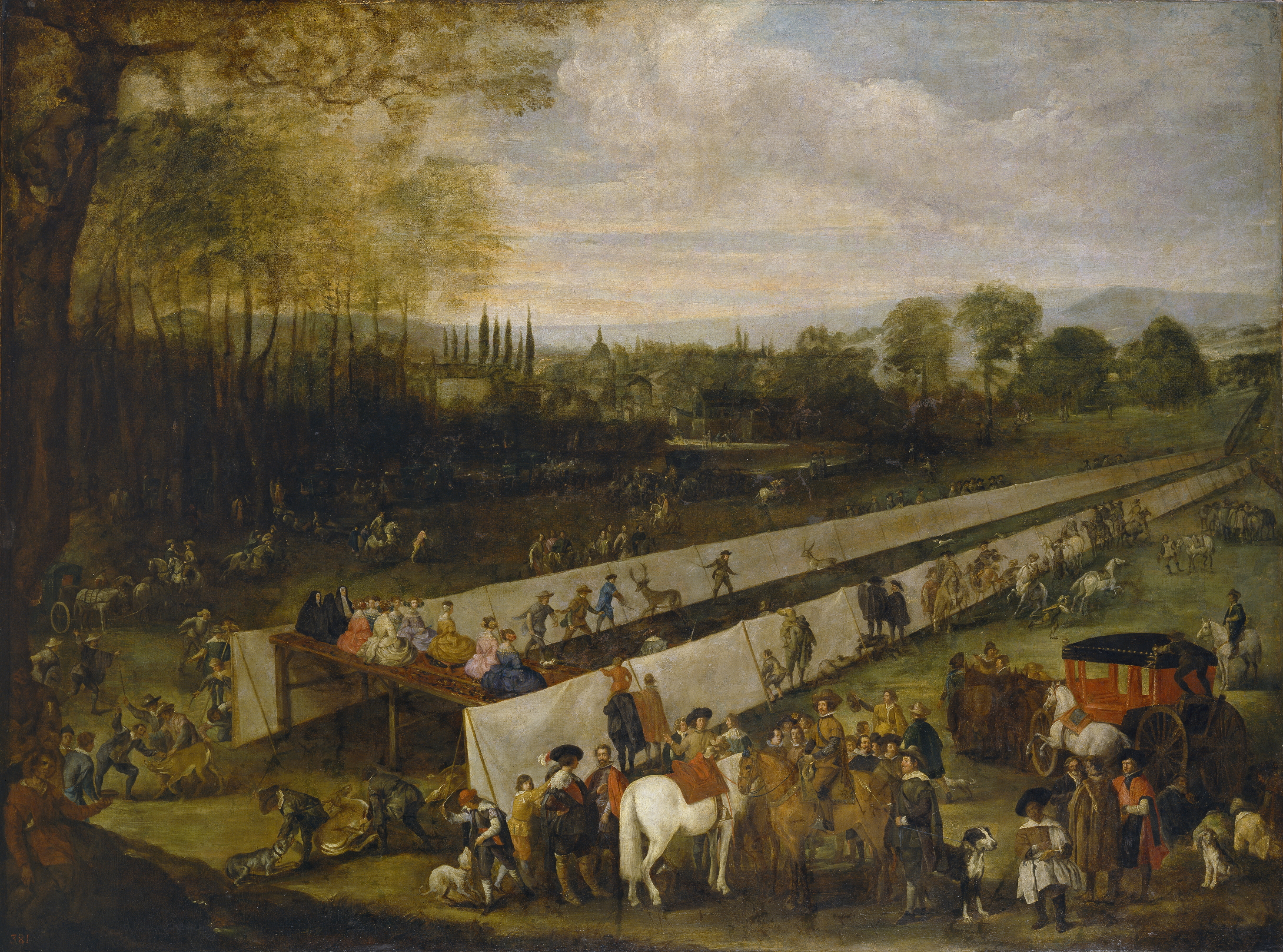|
Khanenko Museum
The Khanenko Museum (official name: The Bohdan and Varvara Khanenko National Museum of Arts) is an art museum located in Kyiv, in Ukraine, which holds the biggest and most valuable collections of European, Asian and Ancient art in the country. The museum was established in 1919 according to the will of art collector Bohdan Khanenko (1917) and the deed of gift to the Ukrainian Academy of Sciences signed by his wife Varvara in 1918. The art collection of Bohdan and Varvara Khanenko, distinguished Ukrainian collectors and philanthropists of the late 19th and the early 20th century, is the core of the museum's holdings. The museum comprises two late 19th-century buildings of great historical and artistic value located on Tereshchenkivska Street. The Khanenkos' mansion houses the permanent exhibition of European fine and decorative arts from the 14th through the 18th century. A group of unique early Byzantine "Sinai" icons created in the 6th and the 7th century has been on display ... [...More Info...] [...Related Items...] OR: [Wikipedia] [Google] [Baidu] |
Kyiv
Kyiv, also spelled Kiev, is the capital and most populous city of Ukraine. It is in north-central Ukraine along the Dnieper, Dnieper River. As of 1 January 2021, its population was 2,962,180, making Kyiv the List of European cities by population within city limits, seventh-most populous city in Europe. Kyiv is an important industrial, scientific, educational, and cultural center in Eastern Europe. It is home to many High tech, high-tech industries, higher education institutions, and historical landmarks. The city has an extensive system of Transport in Kyiv, public transport and infrastructure, including the Kyiv Metro. The city's name is said to derive from the name of Kyi, one of its four legendary founders. During History of Kyiv, its history, Kyiv, one of the oldest cities in Eastern Europe, passed through several stages of prominence and obscurity. The city probably existed as a commercial center as early as the 5th century. A Slavs, Slavic settlement on the great trade ... [...More Info...] [...Related Items...] OR: [Wikipedia] [Google] [Baidu] |
Rockwell Kent
Rockwell Kent (June 21, 1882 â March 13, 1971) was an American painter, printmaker, illustrator, writer, sailor, adventurer and voyager. Biography Rockwell Kent was born in Tarrytown, New York. Kent was of English descent. He lived much of his early life in and around New York City, where he attended the Horace Mann School. Kent studied with several influential painters and theorists of his day. He studied composition and design with Arthur Wesley Dow at the Art Students League in the fall of 1900, and he studied painting with William Merritt Chase each of the three summers between 1900 and 1902 at the Shinnecock Hills Summer School of Art, after which he entered in the fall of 1902 Robert Henri's class at the New York School of Art, which Chase had founded. During the summer of 1903, in Dublin, New Hampshire, Kent was apprenticed to painter and naturalist Abbott Handerson Thayer. An undergraduate background in architecture at Columbia University prepared Kent for occasional ... [...More Info...] [...Related Items...] OR: [Wikipedia] [Google] [Baidu] |
Francisco Goya
Francisco JosÃĐ de Goya y Lucientes (; ; 30 March 174616 April 1828) was a Spanish romantic painter and printmaker. He is considered the most important Spanish artist of the late 18th and early 19th centuries. His paintings, drawings, and engravings reflected contemporary historical upheavals and influenced important 19th- and 20th-century painters. Goya is often referred to as the last of the Old Masters and the first of the moderns. Goya was born to a middle-class family in 1746, in Fuendetodos in Aragon. He studied painting from age 14 under JosÃĐ LuzÃĄn y Martinez and moved to Madrid to study with Anton Raphael Mengs. He married Josefa Bayeu in 1773. Their life was characterised by a series of pregnancies and miscarriages, and only one child, a son, survived into adulthood. Goya became a court painter to the Spanish Crown in 1786 and this early portion of his career is marked by portraits of the Spanish aristocracy and royalty, and Rococo-style tapestry cartoons desig ... [...More Info...] [...Related Items...] OR: [Wikipedia] [Google] [Baidu] |
Giovanni Battista Piranesi
Giovanni Battista (or Giambattista) Piranesi (; also known as simply Piranesi; 4 October 1720 â 9 November 1778) was an Italian Classical archaeologist, architect, and artist, famous for his etchings of Rome and of fictitious and atmospheric "prisons" (''Carceri d'invenzione''). He was the father of Francesco Piranesi, Laura Piranesi and . Biography Piranesi was born in Venice, in the parish of S. MoisÃĻ where he was baptised. His father was a stonemason. His brother Andrea introduced him to Latin literature and ancient Greco-Roman civilization, and later he was apprenticed under his uncle, Matteo Lucchesi, who was a leading architect in ''Magistrato delle Acque'', the state organization responsible for engineering and restoring historical buildings. From 1740, he had an opportunity to work in Rome as a draughtsman for Marco Foscarini, the Venetian ambassador of the new Pope Benedict XIV. He resided in the Palazzo Venezia and studied under Giuseppe Vasi, who introduced hi ... [...More Info...] [...Related Items...] OR: [Wikipedia] [Google] [Baidu] |
Rembrandt
Rembrandt Harmenszoon van Rijn (, ; 15 July 1606 â 4 October 1669), usually simply known as Rembrandt, was a Dutch Golden Age painter, printmaker and draughtsman. An innovative and prolific master in three media, he is generally considered one of the greatest visual artists in the history of art and the most important in Dutch art history.Gombrich, p. 420. Unlike most Dutch masters of the 17th century, Rembrandt's works depict a wide range of style and subject matter, from portraits and self-portraits to landscapes, genre scenes, allegorical and historical scenes, biblical and mythological themes and animal studies. His contributions to art came in a period of great wealth and cultural achievement that historians call the Dutch Golden Age, when Dutch art (especially Dutch painting), whilst antithetical to the Baroque style that dominated Europe, was prolific and innovative. This era gave rise to important new genres. Like many artists of the Dutch Golden Age, such a ... [...More Info...] [...Related Items...] OR: [Wikipedia] [Google] [Baidu] |
Lucas Van Leyden
Lucas van Leyden (1494 – 8 August 1533), also named either Lucas Hugensz or Lucas Jacobsz, was a Dutch painter and printmaker in engraving and woodcut. Lucas van Leyden was among the first Dutch exponents of genre painting and was a very accomplished engraver. Lucas was the son of the painter Huygh Jacobsz. He was born, died, and was mainly active in Leiden. Carel van Mander characterizes Lucas as a tireless artist, who as a child annoyed his mother by working long hours after nightfall, which she forbade not only for the cost of candlelight, but also because she felt that too much study was bad for his sensibilities. According to Van Mander, as a boy he only consorted with other young artists, such as painters, glass-etchers and goldsmiths, and was paid by the ''Heer van Lochorst'' (Johan van Lockhorst of Leiden, who died in 1510) a golden florin for each of his years at age 12 for a watercolor of St. Hubert. [Baidu] |
Albrecht DÞrer
Albrecht DÞrer (; ; hu, AjtÃģsi Adalbert; 21 May 1471 â 6 April 1528),MÞller, Peter O. (1993) ''Substantiv-Derivation in Den Schriften Albrecht DÞrers'', Walter de Gruyter. . sometimes spelled in English as Durer (without an umlaut) or Duerer, was a German painter, printmaker, and theorist of the German Renaissance. Born in Nuremberg, DÞrer established his reputation and influence across Europe in his twenties due to his high-quality woodcut prints. He was in contact with the major Italian artists of his time, including Raphael, Giovanni Bellini, and Leonardo da Vinci, and from 1512 was patronized by Emperor Maximilian I. DÞrer's vast body of work includes engravings, his preferred technique in his later prints, altarpieces, portraits and self-portraits, watercolours and books. The woodcuts series are more Gothic than the rest of his work. His well-known engravings include the three '' Meisterstiche'' (master prints) ''Knight, Death and the Devil'' (1513), '' Sain ... [...More Info...] [...Related Items...] OR: [Wikipedia] [Google] [Baidu] |
Sarah Bernhardt
Sarah Bernhardt (; born Henriette-Rosine Bernard; 22 or 23 October 1844 â 26 March 1923) was a French stage actress who starred in some of the most popular French plays of the late 19th and early 20th centuries, including '' La Dame Aux Camelias'' by Alexandre Dumas ''fils''; ''Ruy Blas'' by Victor Hugo, ''FÃĐdora'' and ''La Tosca'' by Victorien Sardou, and '' L'Aiglon'' by Edmond Rostand. She also played male roles, including Shakespeare's Hamlet. Rostand called her "the queen of the pose and the princess of the gesture", while Hugo praised her "golden voice". She made several theatrical tours around the world, and was one of the first prominent actresses to make sound recordings and to act in motion pictures. She is also linked with the success of artist Alphonse Mucha, whose work she helped to publicize. Mucha would become one of the most sought-after artists of this period for his Art Nouveau style. Biography Early life Henriette-Rosine Bernard was born at 5 rue de L ... [...More Info...] [...Related Items...] OR: [Wikipedia] [Google] [Baidu] |
Antonio Canova
Antonio Canova (; 1 November 1757 â 13 October 1822) was an Italian Neoclassical sculptor, famous for his marble sculptures. Often regarded as the greatest of the Neoclassical artists,. his sculpture was inspired by the Baroque and the classical revival, and has been characterised as having avoided the melodramatics of the former, and the cold artificiality of the latter.Jean Martineau & Andrew Robinson, ''The Glory of Venice: Art in the Eighteenth Century.'' Yale University Press, 1994. Print. Life Possagno In 1757, Antonio Canova was born in the Venetian Republic city of Possagno to Pietro Canova, a stonecutter, and Maria Angela Zardo Fantolini.. In 1761, his father died. A year later, his mother remarried. As such, in 1762, he was put into the care of his paternal grandfather Pasino Canova, who was a stonemason, owner of a quarry, and was a "sculptor who specialized in altars with statues and low reliefs in late Baroque style". He led Antonio into the art of sculpt ... [...More Info...] [...Related Items...] OR: [Wikipedia] [Google] [Baidu] |
Juan Bautista MartÃnez Del Mazo
Juan Bautista MartÃnez del Mazo (c.1612 â February 10, 1667) was a Spanish Baroque portrait and landscape painter, the most distinguished of the followers of his father-in-law VelÃĄzquez, whose style he imitated more closely than did any other artist.LÃģpez Rey, JosÃĐ: ''VelÃĄzquez'', p. 207 A fine painter himself, Mazo was a master of landscape, as proven by his most celebrated work ''View of Saragossa''. Life Little is really known about del Mazo's early life. The date and place of his birth are uncertain. Apparently, he was born in Cuenca, as his parents, Hernando MartÃnez and Lucia Bueno del Mazo, were from that province. However, some sources consider Madrid as his native city. The date of his birth has been estimated around 1612 since it is known that his mother was born in 1596 and he married in 1633 when he probably was in his early twenties.LÃģpez Rey, JosÃĐ: ''VelÃĄzquez'', p. 204 The whereabouts of his training remain a mystery. He must have been in VelÃĄzquez ... [...More Info...] [...Related Items...] OR: [Wikipedia] [Google] [Baidu] |
Hieronymus Bosch
Hieronymus Bosch (, ; born Jheronimus van Aken ; â 9 August 1516) was a Dutch/Netherlandish painter from Brabant. He is one of the most notable representatives of the Early Netherlandish painting school. His work, generally oil on oak wood, mainly contains fantastic illustrations of religious concepts and narratives. Within his lifetime his work was collected in the Netherlands, Austria, and Spain, and widely copied, especially his macabre and nightmarish depictions of hell. Little is known of Bosch's life, though there are some records. He spent most of it in the town of 's-Hertogenbosch, where he was born in his grandfather's house. The roots of his forefathers are in Nijmegen and Aachen (which is visible in his surname: Van Aken). His pessimistic fantastical style cast a wide influence on northern art of the 16th century, with Pieter Bruegel the Elder being his best-known follower. Today, Bosch is seen as a hugely individualistic painter with deep insight into ... [...More Info...] [...Related Items...] OR: [Wikipedia] [Google] [Baidu] |
Ãlisabeth VigÃĐe Le Brun
Ãlisabeth Louise VigÃĐe Le Brun (; 16 April 1755 â 30 March 1842), also known as Madame Le Brun, was a French portrait painter, especially of women, in the late 18th and early 19th centuries. Her artistic style is generally considered part of the aftermath of Rococo with elements of an adopted Neoclassical style. Her subject matter and color palette can be classified as Rococo, but her style is aligned with the emergence of Neoclassicism. VigÃĐe Le Brun created a name for herself in Ancien RÃĐgime society by serving as the portrait painter to Marie Antoinette. She enjoyed the patronage of European aristocrats, actors, and writers, and was elected to art academies in ten cities. VigÃĐe Le Brun created 660 portraits and 200 landscapes. In addition to many works in private collections, her paintings are owned by major museums, such as the Louvre Paris, Uffizi Florence, Hermitage Museum Saint Petersburg, National Gallery in London, Metropolitan Museum of Art in New York and many ... [...More Info...] [...Related Items...] OR: [Wikipedia] [Google] [Baidu] |
.jpg)









.jpg)